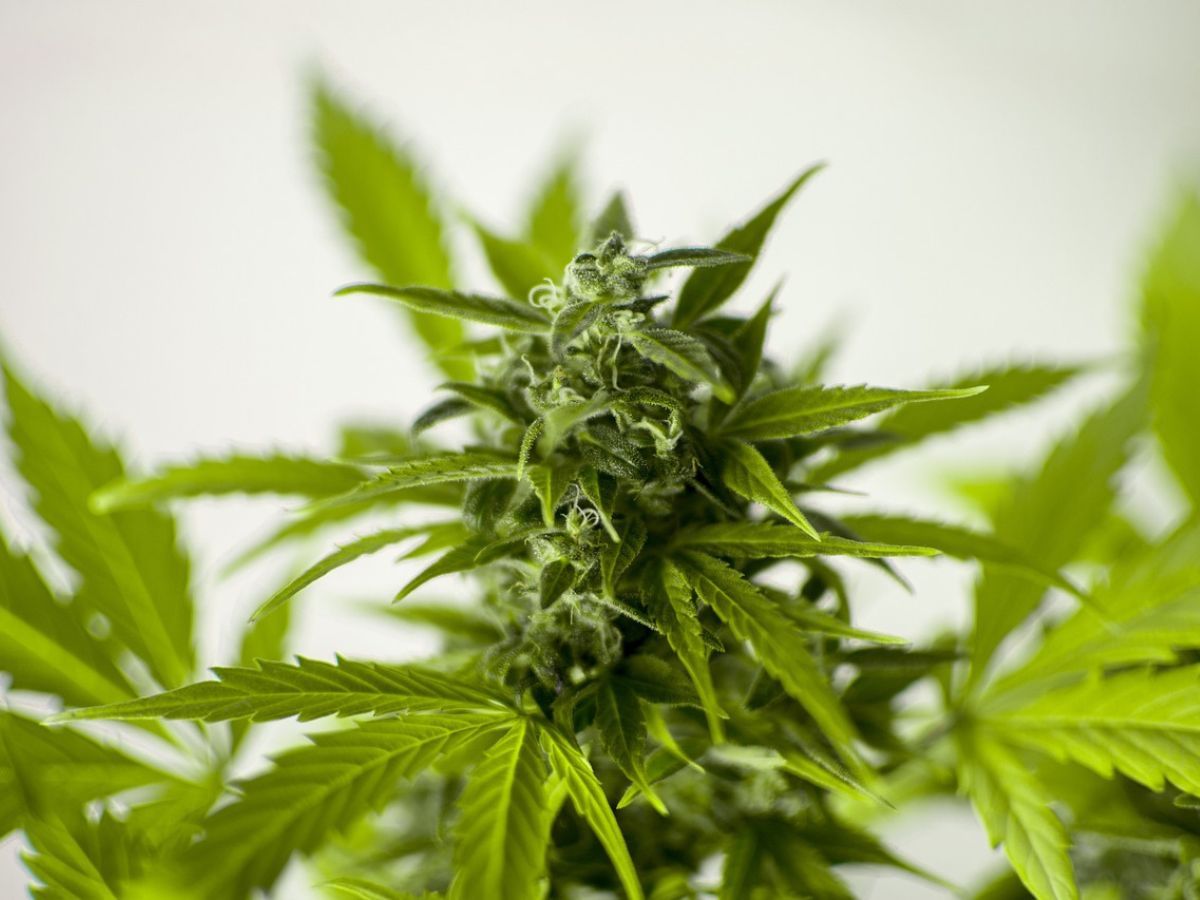5 Uses For Cannabis Plants That You May Not Know About

The cannabis plant is very popular for recreational purposes among consumers. It is also very popular among suffering patients for medical use. However, there are several other ways that the cannabis plant can be used to benefit society. Below are some notable examples.
Soil Remediation
It is no secret that various industries, including the steel industry, produce toxic chemicals. Every steel plant on earth produces toxic byproducts during the steel-making process, including a steel plant in Italy that was, at one time, the largest one in Europe. The soil in the area (Taranto, Italy) is contaminated after decades of production at the plant. Farmers in the Taranto region have taken an intriguing approach to cleaning up the soil – planting hemp.
The hemp plant, and other varieties of cannabis, have a significant ‘uptake’ capability, particularly as it pertains to heavy metals. Whereas other methods are cost and labor-intensive, planting hemp on a large scale is relatively cheap and easy compared to other strategies. Innovators are still trying to come up with ways to use the harvested hemp in a safe manner, however, the benefit to the contaminated soil from planting hemp is undeniable, as a growing number of jurisdictions are finding out as they deploy the sustainability strategy.
Batteries
According to academic researchers, batteries made from hemp last up to eight times longer compared to lithium-ion batteries. Scientists are using hemp bast fiber, which is often thrown away historically, to make batteries that can be used for almost anything that currently relies on lithium-ion batteries.
Economists estimate that the lithium-ion battery market was worth roughly $70 billion in 2022, which provides context to just how much an emerging hemp battery sector could be worth someday. Most lithium-ion batteries end up in landfills, so transitioning consumers and businesses to hemp-based batteries would be exponentially more sustainable. It’s a concept that would benefit all members of society.
Construction Material
One of the best uses for the cannabis plant is making hempcrete. Hempcrete is a bio-composite building material made from the inner woody core of the hemp plant. That woody core material is mixed with a lime-based binder to create the final hempcrete product. The ‘shiv’ of the hemp plant is high in silica content, allowing it to bind well with lime. It’s a very unique property of hemp that is not found in other all-natural fibers.
Hempcrete is primarily used as an insulating material, and for good reason. It weighs only roughly one-eighth of what concrete weighs, it is fire resistant, and it is also carbon negative, meaning that it pulls more carbon out of the atmosphere than it needs in order to be created in the first place. Hempcrete is being used in more areas of the world now than in past years, particularly in Europe.
Livestock Feed
Cannabis is being used more and more as a livestock feed around the globe, but perhaps not in a manner that most people realize. Obviously, no farmer is giving their animals cannabis flower that is high in THC. Not only would that be cruel to the livestock, but it would also be very cost-prohibitive.
What farmers are feeding their livestock is the benign, undesirable parts of the cannabis plant that are left over from other processes. Many companies around the world are extracting cannabinoids from harvests, leaving behind branches, stems, and other plant parts. Those plant parts can then be used directly to feed livestock or as an added feed ingredient.
Biofuel
Similar to livestock feed, cannabis plant material that is deemed not suitable for recreational or medical purposes, such as branches and stems, can still be used as a source of biofuel. Researchers estimate that the “energy yield of solid fuel from industrial hemp is very high, approximately 100 GJ/ha/y [115], which is superior to Lucerne and clover grass ley.”
“The low requirements for growing hemp allow it to be competitive with higher yield crops, and hemp’s versatility opens many opportunities for co-production.” the researchers stated.

